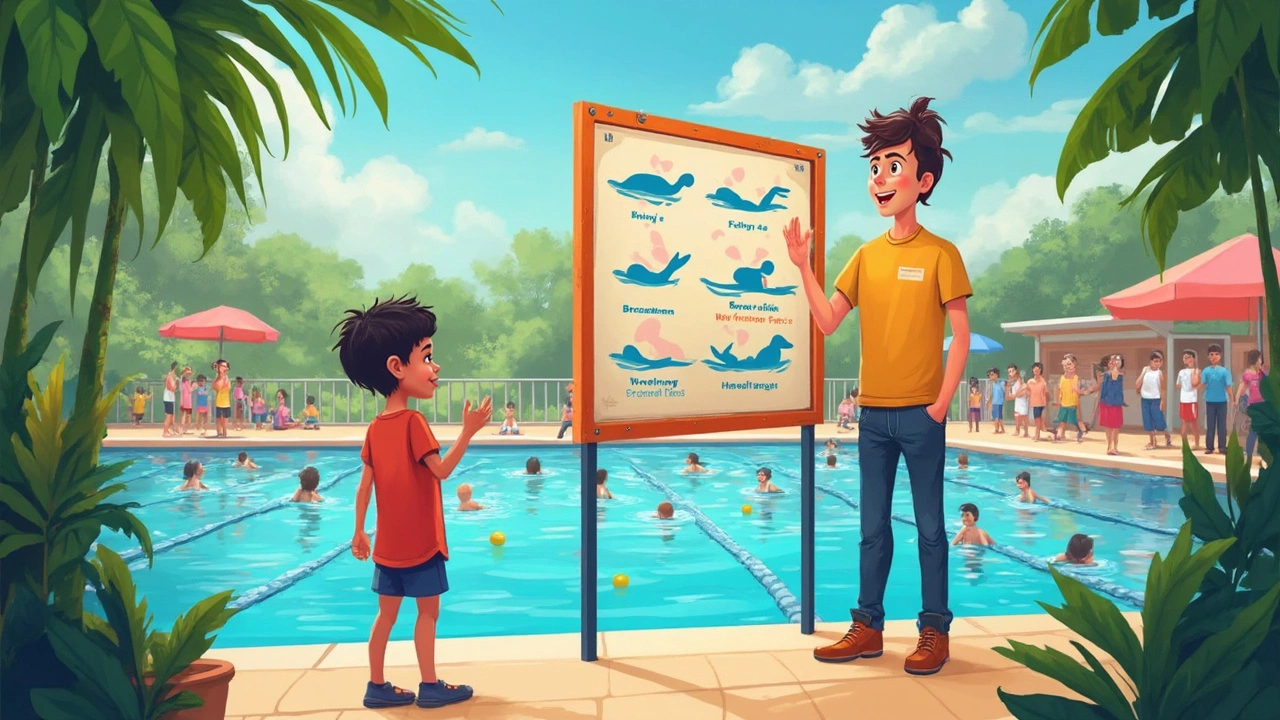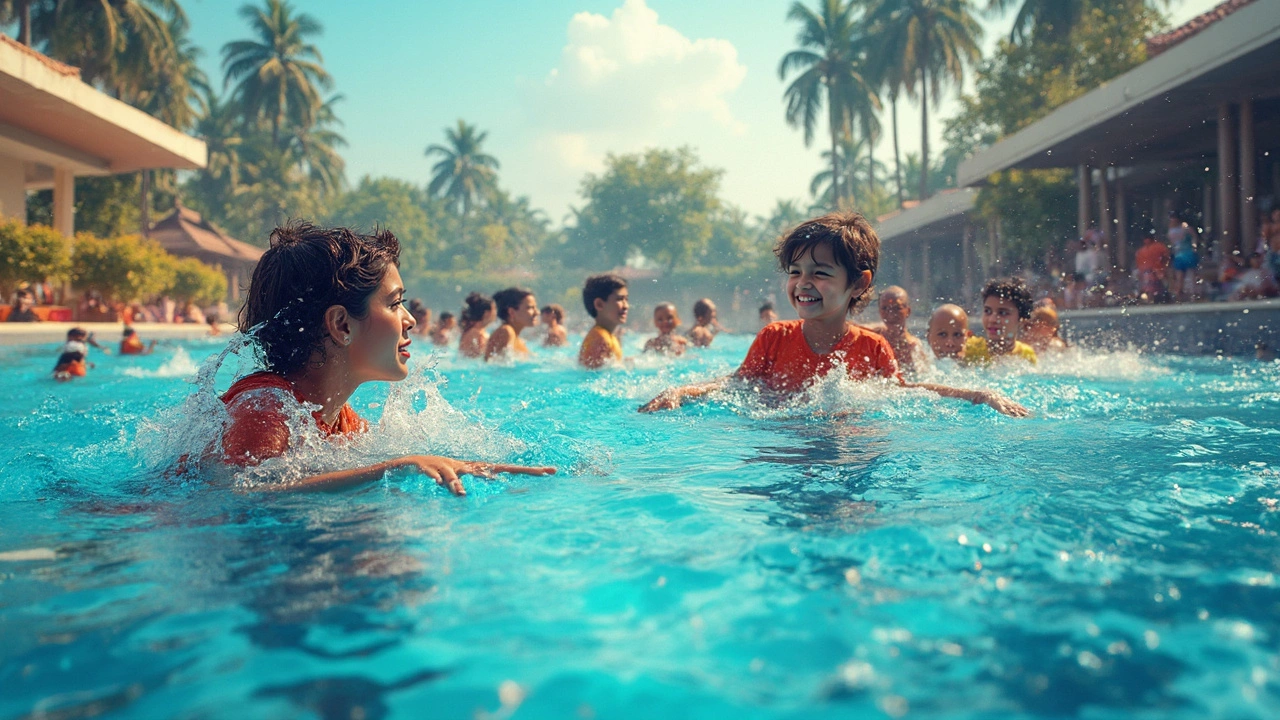Beginner Swimming: Your First Steps in the Water
Want to feel comfortable in the pool but don’t know where to begin? You’re not alone. Most people feel a little nervous the first time they get into deep water. The good news is that swimming is a skill you can pick up with the right approach, a bit of patience, and some basic practice.
In this guide we’ll cover the gear you need, safety basics, the easiest strokes to learn, and a simple practice routine you can follow at any level. Follow these steps and you’ll be moving through the water with confidence in just a few weeks.
Essential Gear and Safety
Before you jump in, make sure you have a few pieces of equipment. A well‑fitting swimsuit or swim trunks prevents drag and keeps you comfortable. Goggles are a must – they protect your eyes from chlorine and let you see clearly underwater, which makes learning much easier.
Don’t forget a swim cap if the pool is crowded; it keeps hair out of your face and reduces resistance. A kickboard can be a great training aid for beginners, allowing you to focus on leg movement without worrying about arm coordination.
Safety comes first. Always swim in a supervised pool and stay within the depth you’re comfortable with. If you’re unsure about your ability, use the shallow end or a flotation device until you feel steady. Learn how to float on your back – it’s the easiest way to rest if you get tired.
Basic Strokes and Practice Routines
The easiest stroke to start with is the front crawl (also called freestyle). It uses a simple arm pull and a steady kick. Begin by practicing the kick while holding onto the side of the pool or a kickboard. Keep your legs straight but relaxed, and generate small, fast kicks from the hips.
Next, add the arm motion. Reach forward, pull the water back toward your hips, and repeat on the other side. Try to keep your head low, turning it to the side to breathe every two or three strokes. Don’t worry about speed – focus on a smooth rhythm.
A quick warm‑up routine can be as simple as 5 minutes of easy kicking, followed by 5 minutes of arm pulls with a board, and then 5 minutes of full strokes. Take a short break, then repeat the cycle. Consistency is more important than intensity; short, frequent sessions help your body memorize the movements.Another beginner-friendly stroke is the backstroke. It feels natural because you’re on your back and can see the ceiling, which eases any fear of sinking. Practice the same kick as the front crawl, and swing your arms in a wide, circular motion.
As you get comfortable, start mixing the two strokes in a single session. This builds coordination and keeps the workout interesting. Aim for a total of 20‑30 minutes in the water, three times a week. You’ll notice improvement faster than you expect.
Remember, progress isn’t always linear. Some days you’ll feel strong, other days you might be a bit tired. The key is to stay relaxed, keep breathing steady, and enjoy the feeling of moving through water. With the right gear, safety habits, and a simple practice plan, you’ll go from nervous beginner to confident swimmer in no time.

